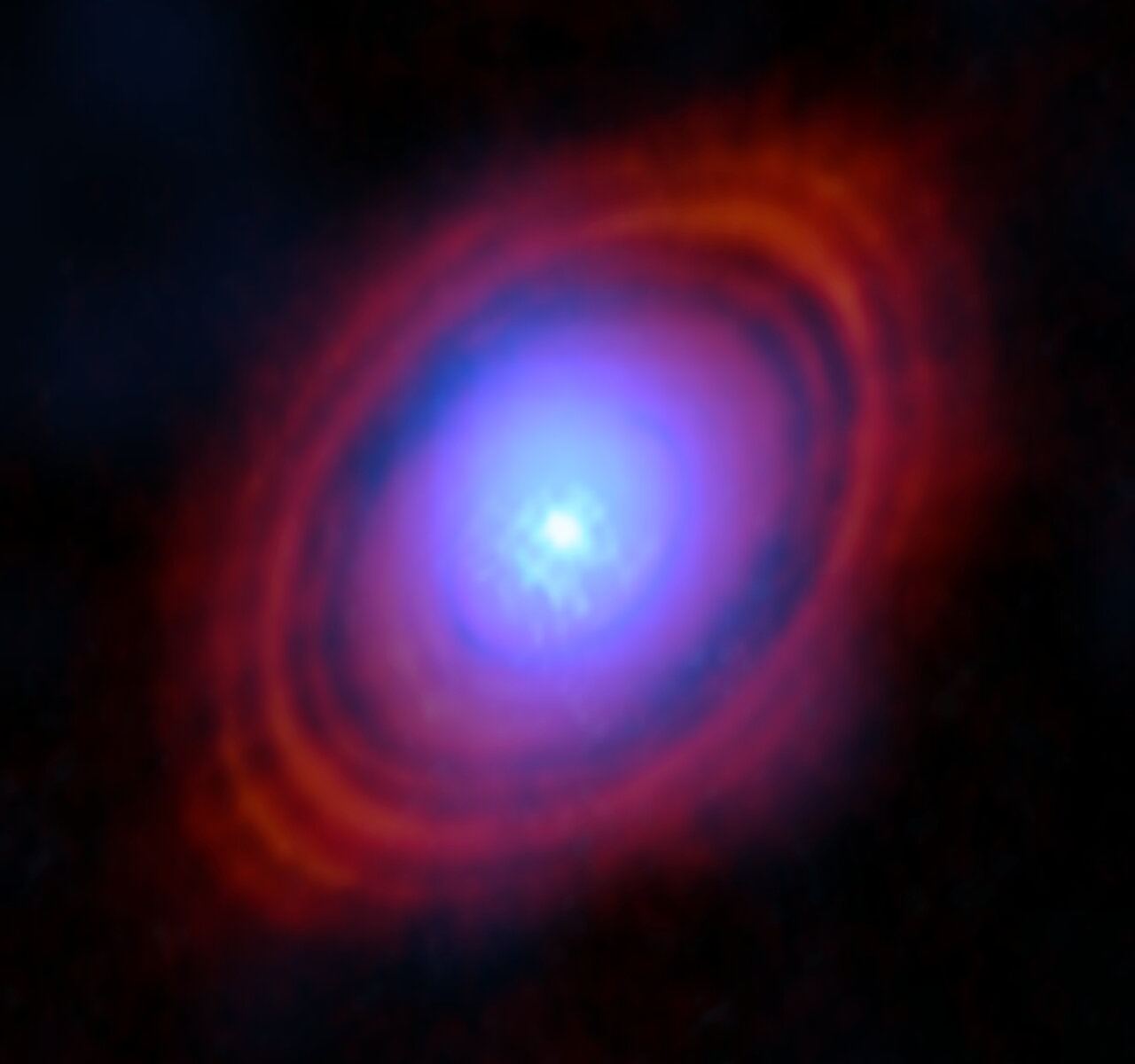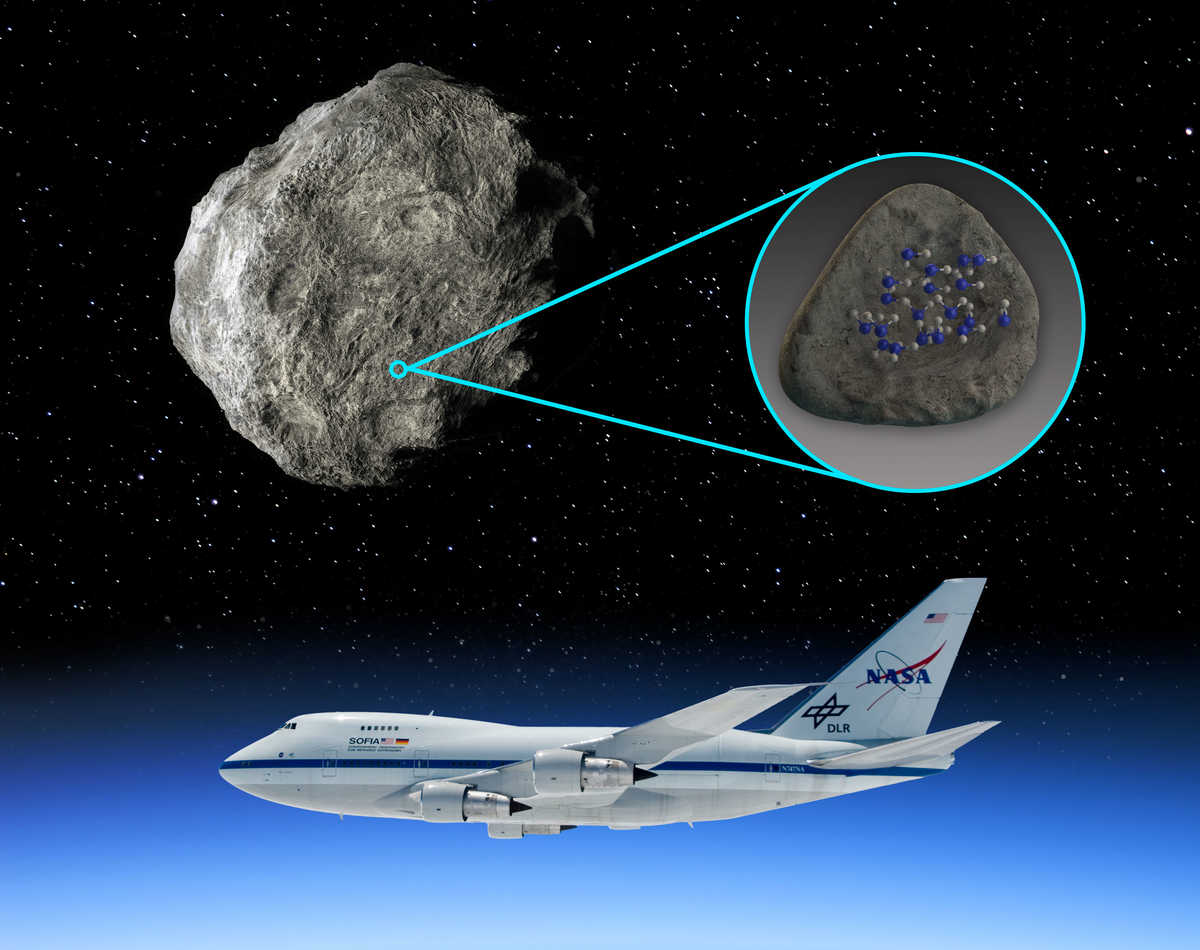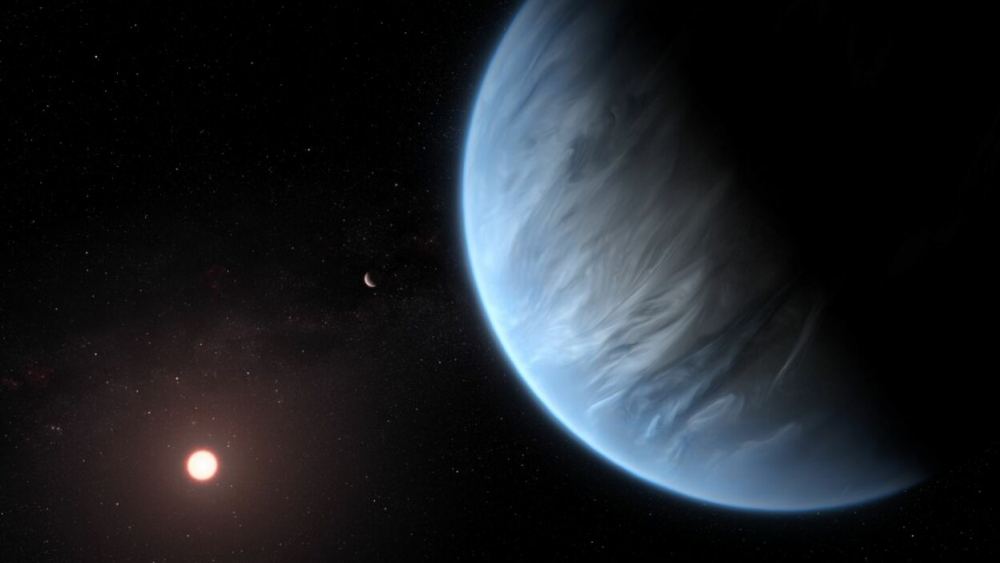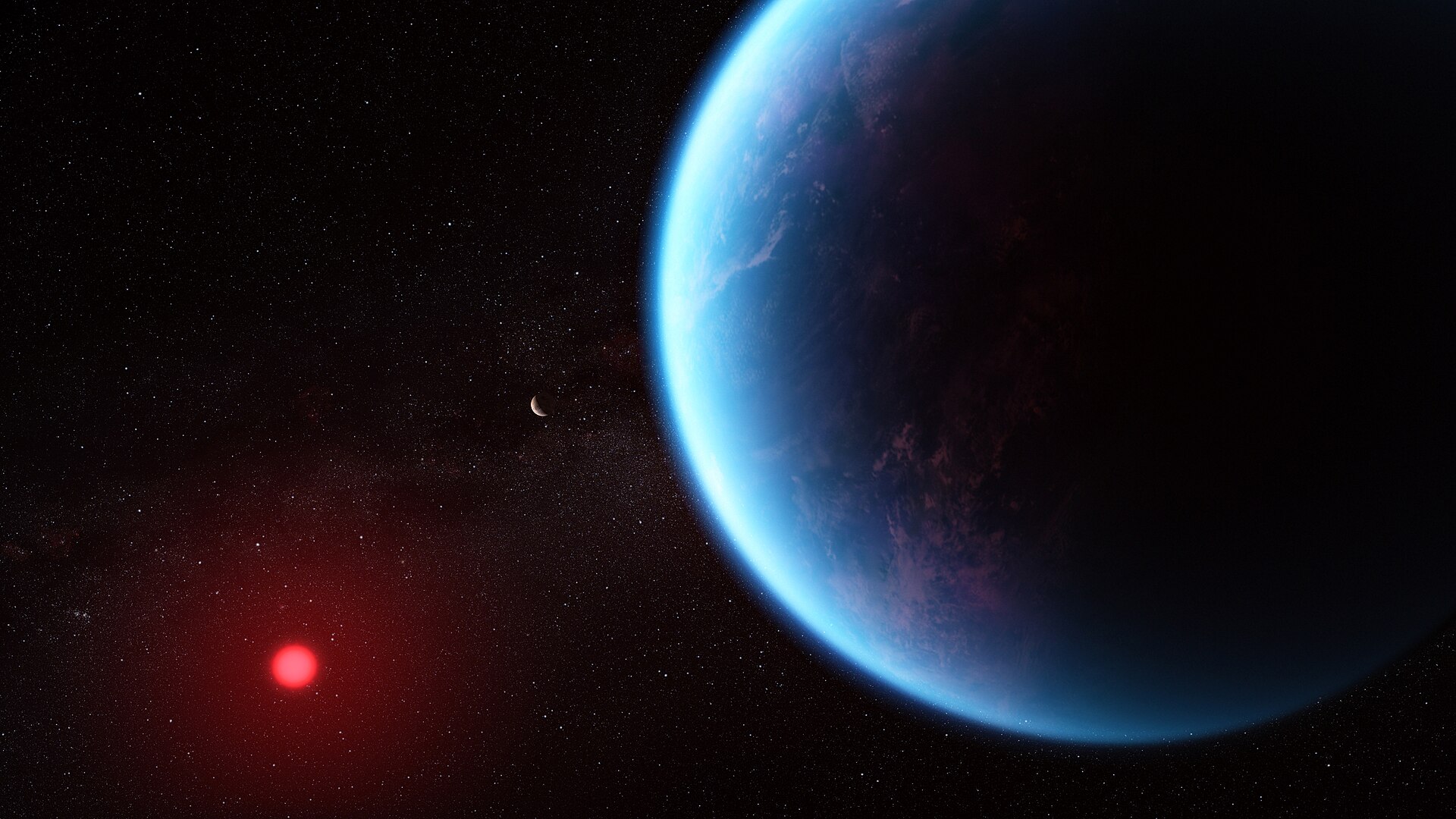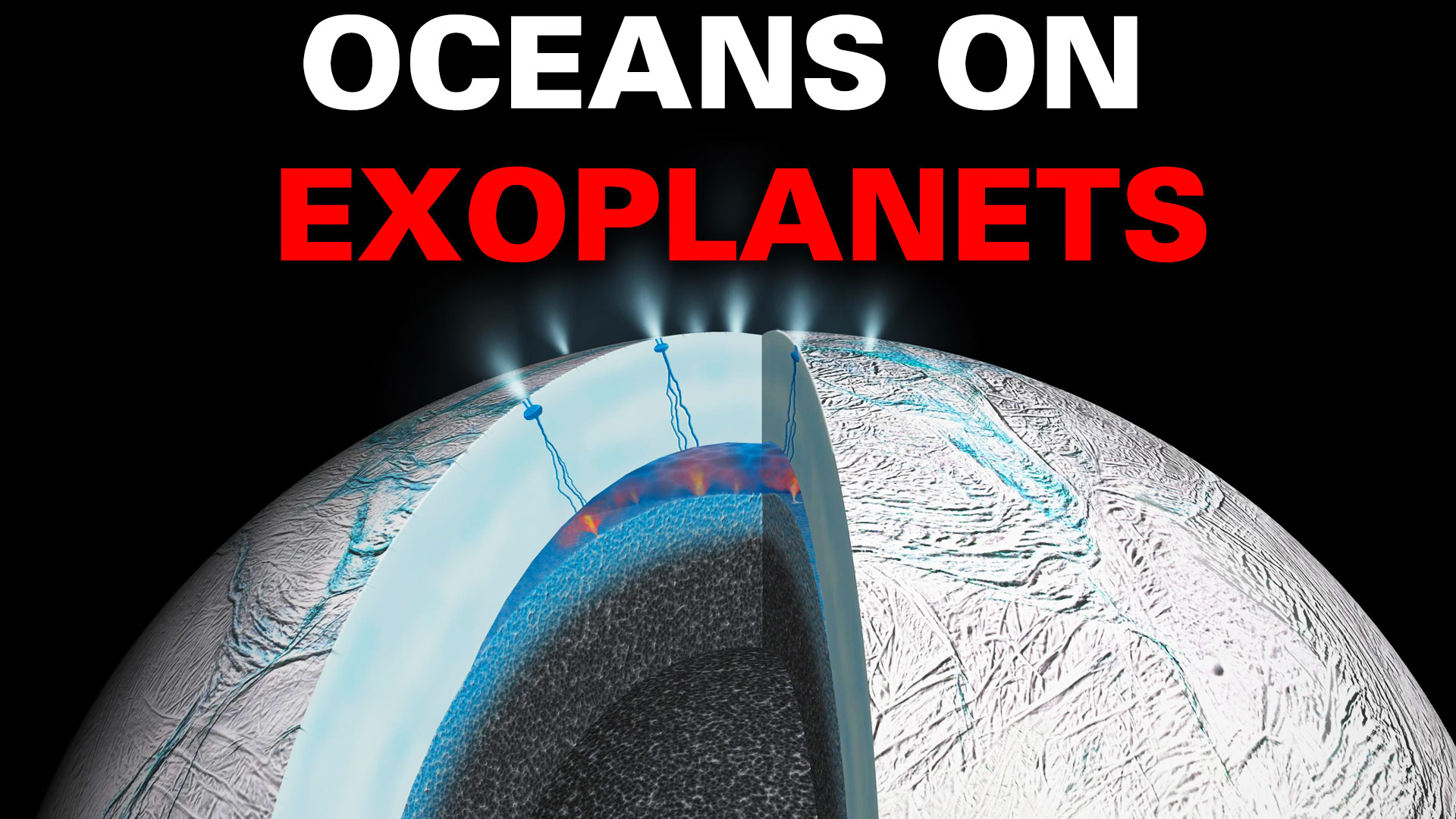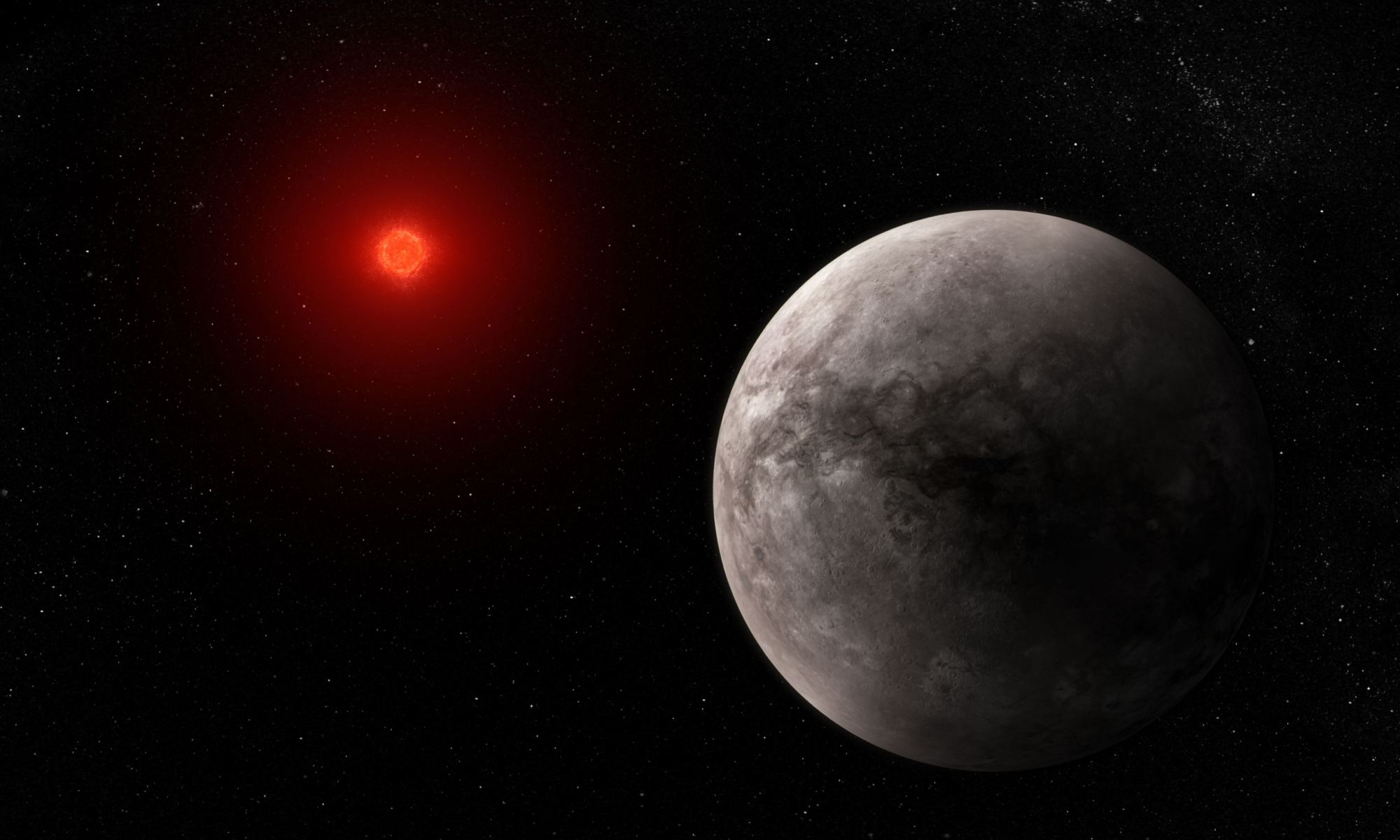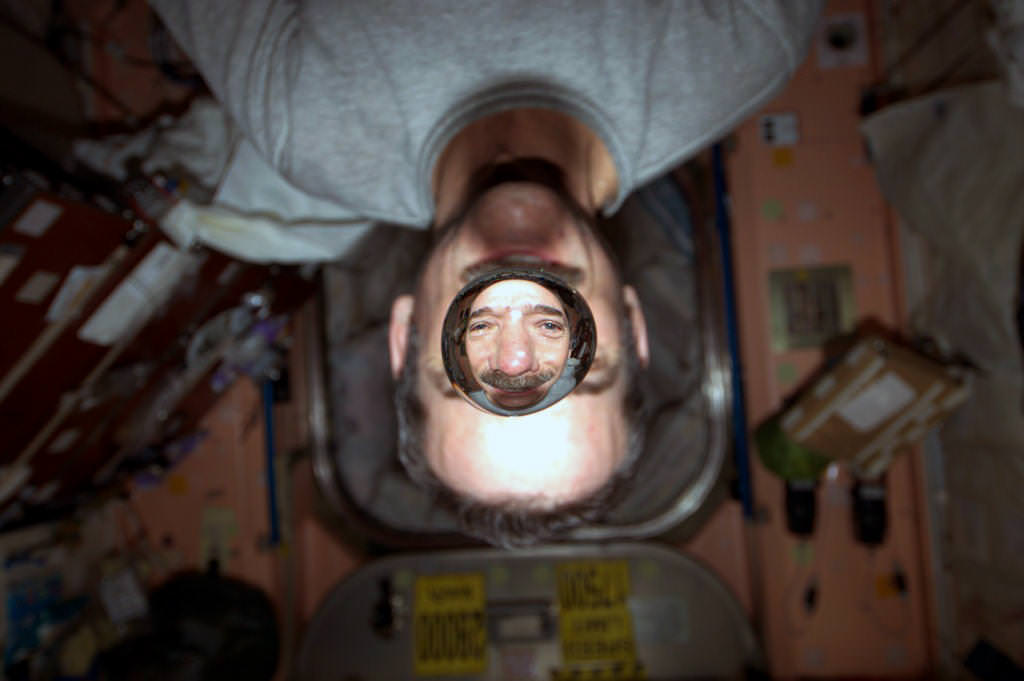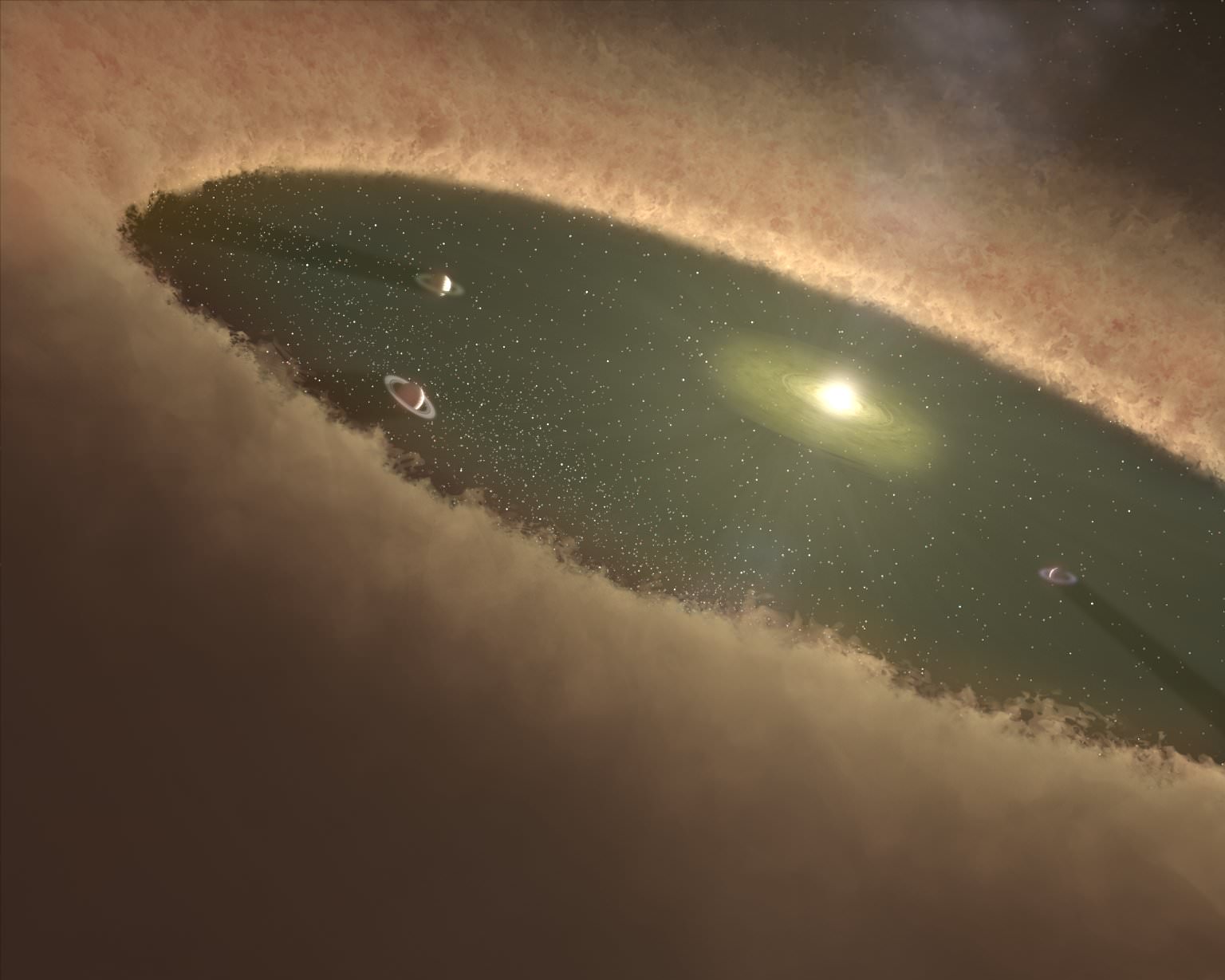Around the Moon’s southern polar region lies the South Pole-Aitken Basin, the single-largest impact basin on the lunar surface. Within this basin, there are numerous permanently shadowed regions (PSRs) that are thought to have trapped water ice over time. These deposits are crucial to future missions like the Artemis Program that will lead to the creation of permanent infrastructure. This water ice will supply crews with a steady source of water for drinking and irrigation and the means for chemically producing oxygen gas and rocket fuel.
For scientists, these PSRs are believed to have emerged when the Moon began migrating away from Earth roughly 2.5 billion years ago. Over time, these regions acted as “cold sinks” and trapped water ice that existed on the lunar surface at the time. However, according to a recent study led by the Planetary Science Institute (PSI), the Moon’s permanently shadowed areas arose less than 2.2 billion years ago and trapped ice even more recently than that. These findings could significantly impact future crewed missions as they indicate that the water ice found in lunar craters could be of more recent origin.
Continue reading “The Moon's Southern Ice is Relatively Young”
